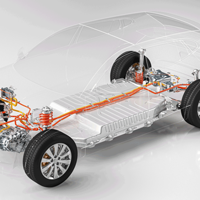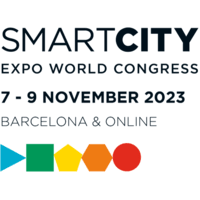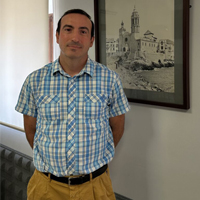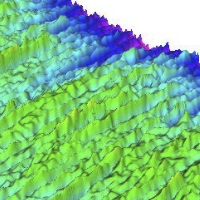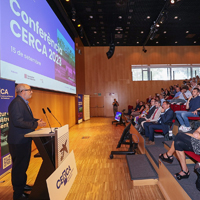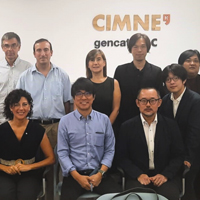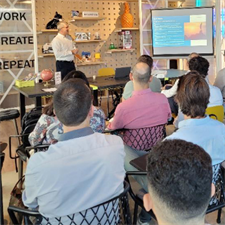research
K1 (Kids First): Barcelona / Milan urbanisc programs to protect schools surroundings
The group for Innovation in Multimodal Transport of CIMNE, CENIT, takes part in the EU-funded project K1 (Kids First). Within the European Institute of Innovation & Technology (EIT) programme, the K1 (Kids First) address the task of rethink one of the most crucial spaces in the city: the areas around schools.
The partnership of this project led by CIMNE-CENIT is formed by AMAT, a mobility and environment agency owned by the municipality of Milan; the Technical University of Milan (Politecnico di Milano), and the city councils of Milan and Barcelona.
The starting point of this project is that schools are one of the most crucial spaces in the city, home of large volumes of people every day, and particularly sensitive social groups like kids.
K1 (Kids First) works on the protection of schools and their surroundings as a priority among strategic actions aiming to transform public spaces towards a more accessible and sustainable future.
The cities set out a high priority strategy to provide schools with a safe, comfortable and healthy public space as a meeting place for children, their families and neighbours.
- In Barcelona, this project aims to be complementary to the City Council actions on the protection of schools “Protegim les escoles” (Let's protect the schools!) by implementing in a strategic area along Perú and Paraguai Streets.
- Milan develops a branch of its tactical urbanism programme “Piazze Aperte”(Open Squares) and “Strade Aperte” (Open Streets) for school spaces, to pursue the objective of a 15-minute-city vision based on the proximity accessibility of high quality and safe public spaces.
Francesc Gasparín, Principal Investigator at CIMNE-CENIT of K1 (Kids First), has spoken with us about the pilot project that the Barcelona City Council carried out in the surroundings of the Casas School, located next to the Gran Via. The great avenue, which was previously a highway with 6 lanes for cars, 100,000 vehicles/day and noise of 90dB, transformed into a traffic calming zone thanks to a new tunnel that was opened in April 2022. The impact Analysis Report of this projects was out by the end of January 2023.

Previous situation Barcelona
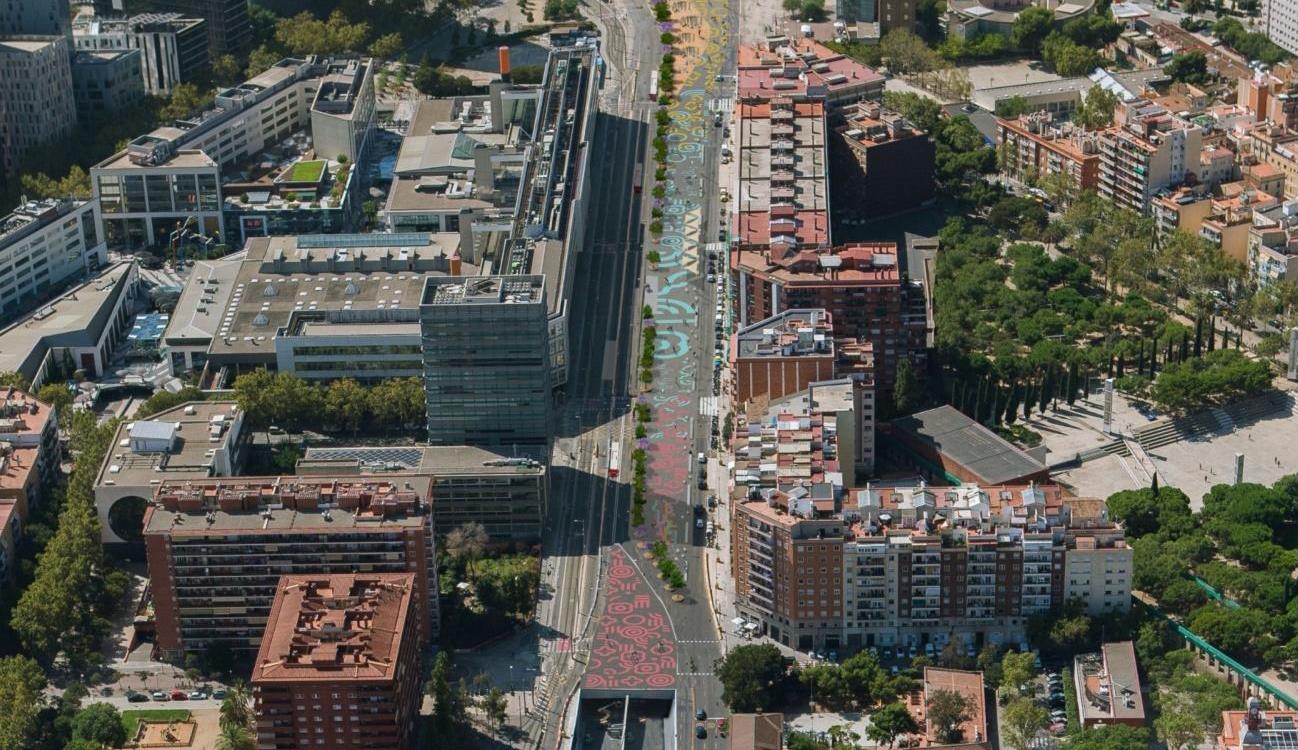
Configuration of the area after the works in Barcelona
Milan is also participating in the pilot, with a project of similar characteristics. It also fits for purpose of a new city project. Piazze Aperte ("Open Squares") is a program of the City of Milan, developed by the Agenzia Mobilità Ambiente Territorio (AMAT), together with Bloomberg Associates and the Global Designing Cities Initiative. The program focuses on urban regeneration and sustainable mobility, key objectives of the Territory Governance Plan for Milan 2030 (PGT Milano 2030) and the Sustainable Urban Mobility Plan, in the context of the "Piano Quartieri" ("Neighborhood Plan").
First of all, as in the following images is shown, there are thematic and infrastructural similarities with the Barcelona case study. It is a street space close to a populous school building (Istituto Di Vona Speri) located at the northeast of the city. The school building is located on a large axis (via Porpora) heavily congested with car traffic and with a high rate of pedestrian and cyclist accidents. In addition, the urban context is also very similar to that of the Gran Vía, very close to a huge hub of urban mobility, such as Piazzale Loreto, a gigantic roundabout starting point of several strategic mobility axes extended in all directions, concentrating flows massive vehicles in the area. The works finished in mid-January 2023.
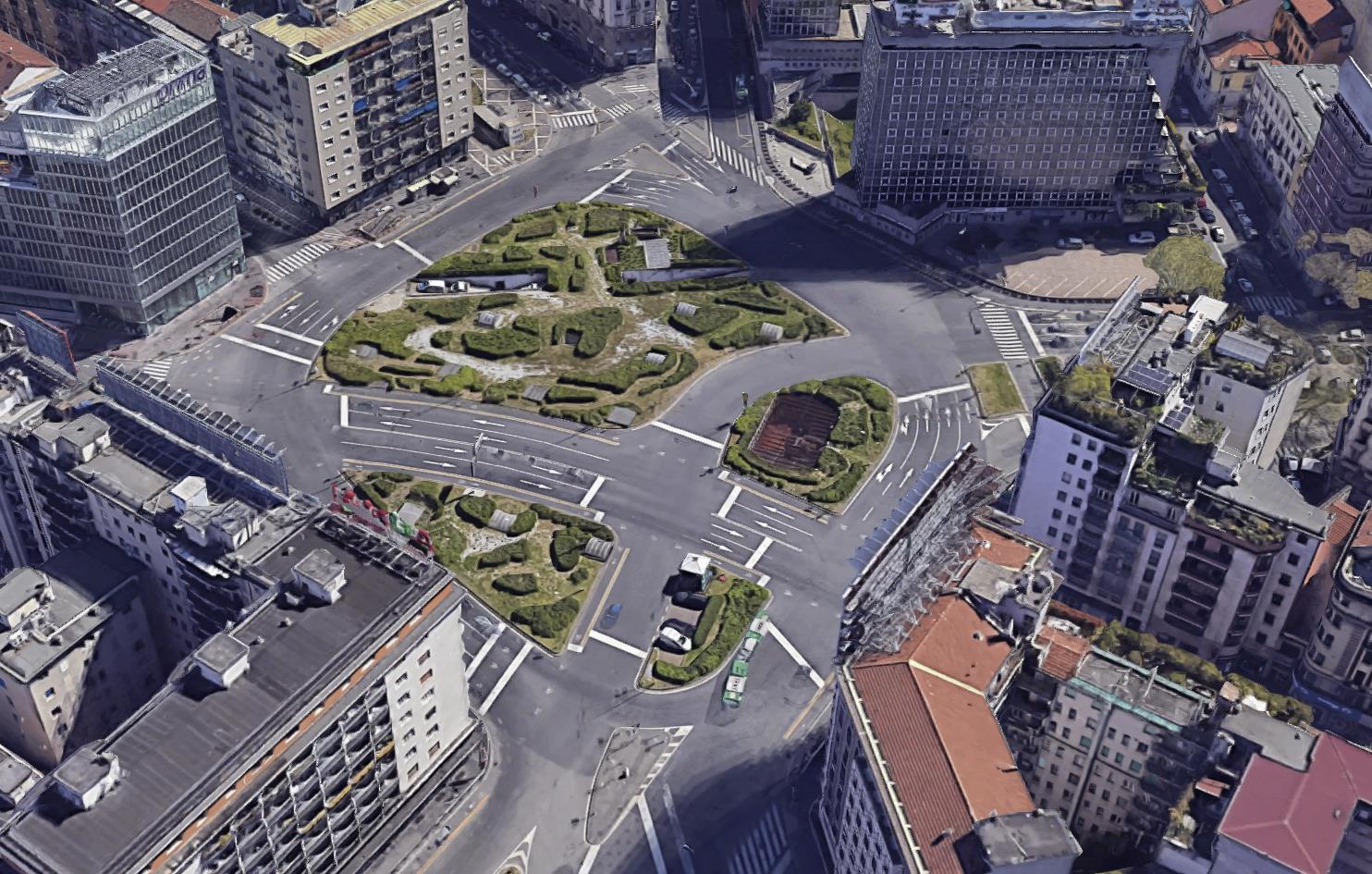
Previous situation Milano
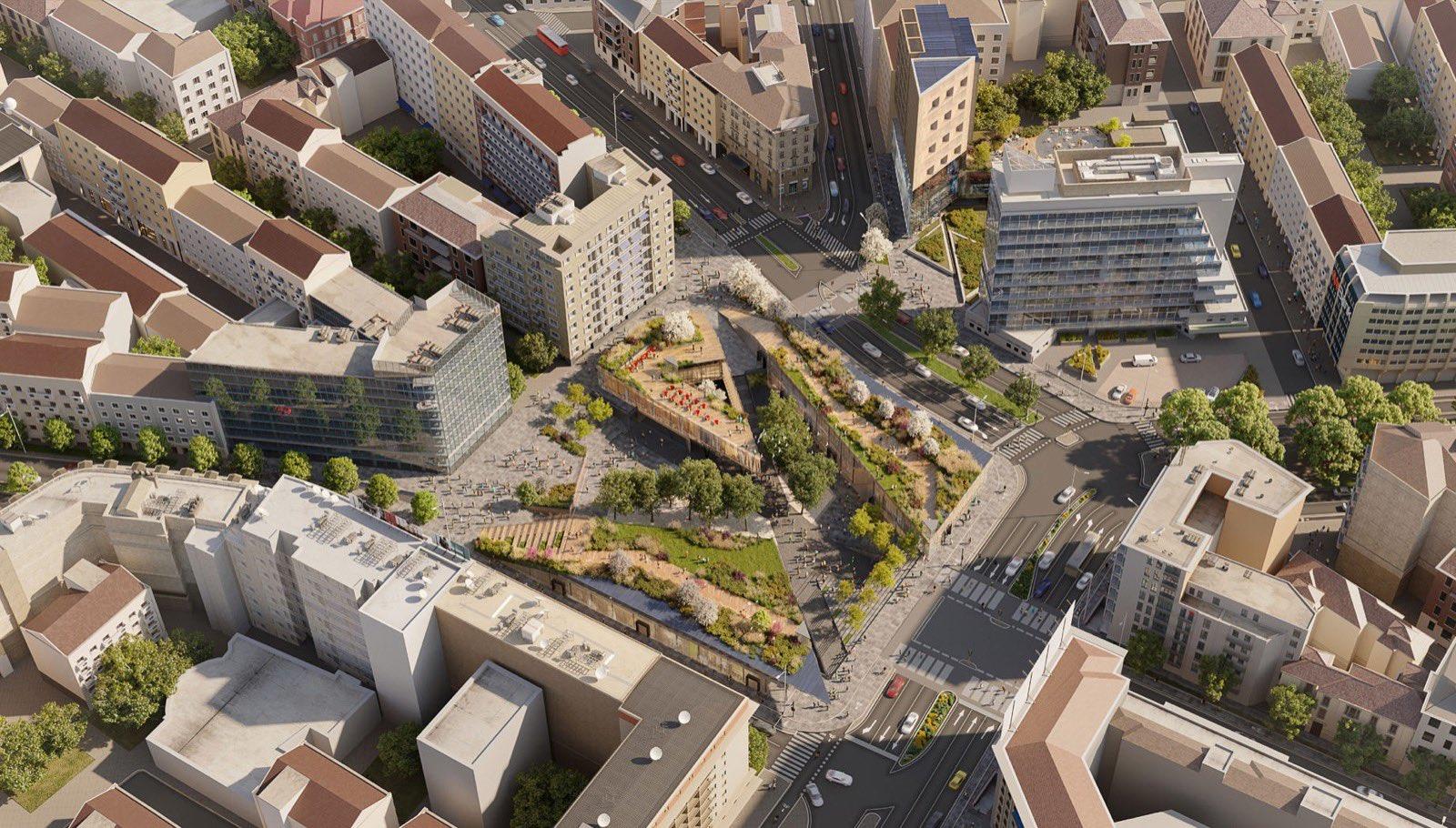
Configuration of the area after the works in Milano
Some Conclusions
The Impact Analysis Report shows the following conclusions:
In this European Union project, through the intervention of pedestrianization researchers analyzed how the conditions of road safety and social use of public space evolve, in the vicinity of Escola Casas and other schools in Milan, thanks to the interventions of traffic calming, new green spaces and spaces for playing and staying.
In case of Barcelona city, the new tunnel has allowed the creation of 10.000 m2 of new public space for pedestrians while in case of Milan city the transformation brings more than 1.330 sqm of new permanent pedestrian space, once belonging to street space and vehicle traffic.
More importantly, the intervention in Milan city will add 30 new trees and planters in the area, “eating” a further 600 kg of CO2 per year minimum. While the implementation of new square in front of Casas School is modify by planting 56 new trees, which results in reduction of 1.120 kg of CO2 per year per minimum.
The accidents rates decreased in case of both cities. Which shows that the immediate surroundings of intervention have affected the lives of children and their families from April and the recovery of surface space for people.

.jpg)








